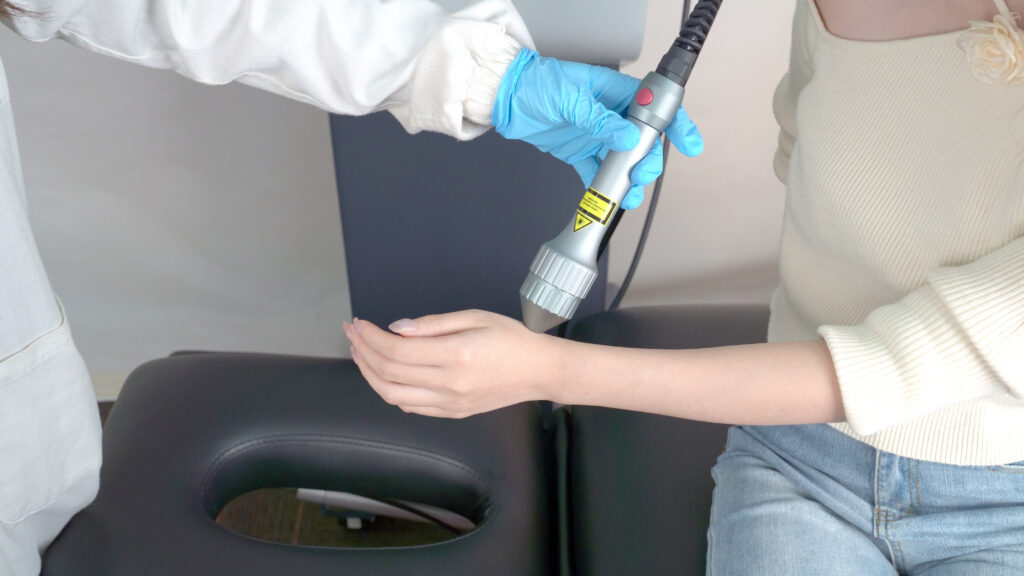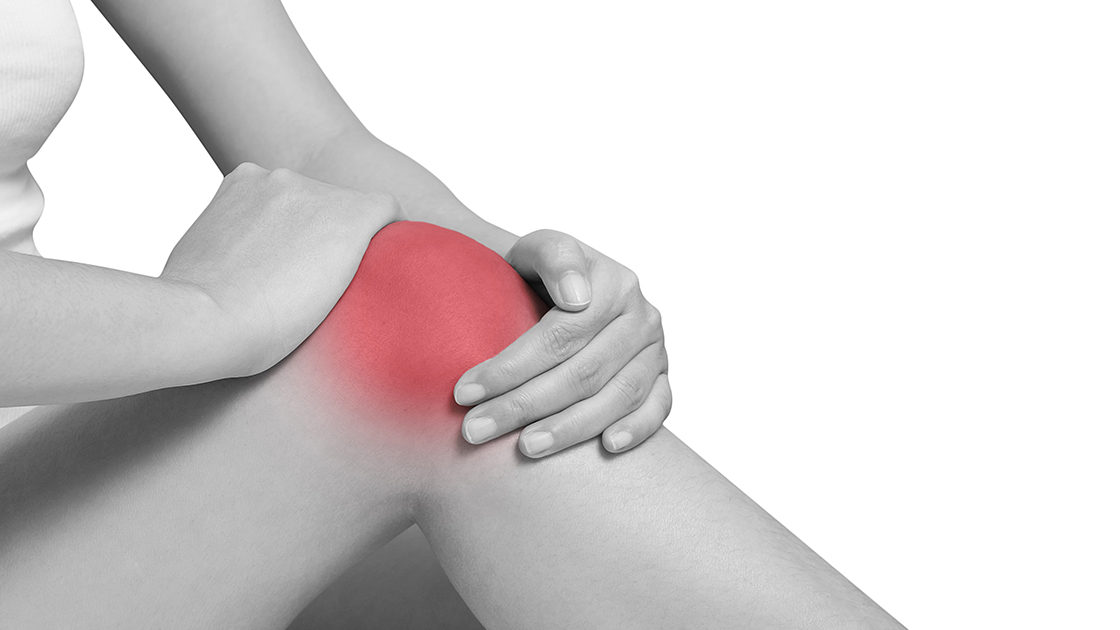Page Contents
Affecting millions globally, arthritis is a incapacitating condition that manifests in enduring joint pain, stiffness, and inflammation. Traditional treatments often focus on managing symptoms rather than addressing the root cause. In recent years, there has been growing interest in innovative approaches, and one such promising avenue is laser therapy. Can laser treatments truly offer relief to arthritis pain? Let’s delve into the science and research behind this intriguing possibility.
Arthritis encompasses a range of conditions characterized by inflammation of the joints. Osteoarthritis and rheumatoid arthritis are two common forms, affecting people of all ages. The quest for effective treatments has led researchers to explore diverse options, including the potential of laser therapy.
The Science of Laser Therapy
Laser therapy, also known as low-level laser therapy (LLLT) or cold laser therapy, involves the use of low-intensity light to stimulate cellular activity. The specific wavelengths of light used in laser treatments are thought to penetrate the skin and underlying tissues, promoting various biological effects. These effects include increased blood flow, reduced inflammation, and enhanced cellular repair.
Reducing Inflammation
Inflammation is a hallmark of arthritis, contributing to pain and joint damage. Laser therapy aims to mitigate this inflammation by influencing cellular processes. Studies suggest that the light energy from lasers can modulate inflammatory mediators, leading to a decrease in swelling and pain. While the exact mechanisms are still being explored, the potential to address inflammation makes laser therapy an attractive option for arthritis sufferers.
Stimulating Cellular Repair
Arthritis often involves the breakdown of cartilage and other joint tissues. Laser therapy may support the healing process by enhancing cellular repair mechanisms. The light energy is believed to stimulate the production of adenosine triphosphate (ATP). ATP is the energy currency of cells, leading to improved cellular function and tissue repair. This regenerative aspect of laser therapy holds promise for slowing down the progression of arthritis.
Clinical Evidence
While the idea of using lasers to treat arthritis may seem futuristic, there is a growing body of research supporting its efficacy. Numerous studies have investigated the impact of laser therapy on arthritis symptoms, with many reporting positive outcomes. However, it’s important to note that results can vary based on factors such as the type and severity of arthritis, as well as individual patient characteristics.
Considerations and Future Directions
Despite the promising findings, laser therapy for arthritis is not a one-size-fits-all solution. Factors such as the duration and frequency of treatment, as well as the choice of laser parameters, can influence outcomes. Additionally, the long-term effects and optimal treatment protocols are still areas of ongoing research.
Smart Ice Laser Therapy System Recommendation

For those seeking a non-invasive, safe, and efficient solution for bursitis, Smart Ice highly recommends the Smart Ice Laser Therapy System. With its single-wave, multiwave system, and power ranging from 10W to 60W, this laser system ensures deeper penetration, allowing for faster healing with zero reported side effects. The Smart Ice Laser Therapy System represents the pinnacle of innovation in pain management, offering a speedy and transformative approach to bursitis relief.
Conclusion
As we explore novel approaches to managing arthritis, laser therapy emerges as a beacon of hope. Its ability to reduce inflammation, stimulate cellular repair, and potentially slow down disease progression makes it an intriguing option for those seeking relief from arthritis pain. While further research is needed to refine treatment protocols and establish long-term benefits, the growing body of evidence suggests that lasers may indeed play a significant role. This role could be in the future of arthritis care. As science continues to illuminate the path forward, individuals grappling with arthritis can cautiously embrace the potential of laser treatments. These treatments bring about much-needed relief.
